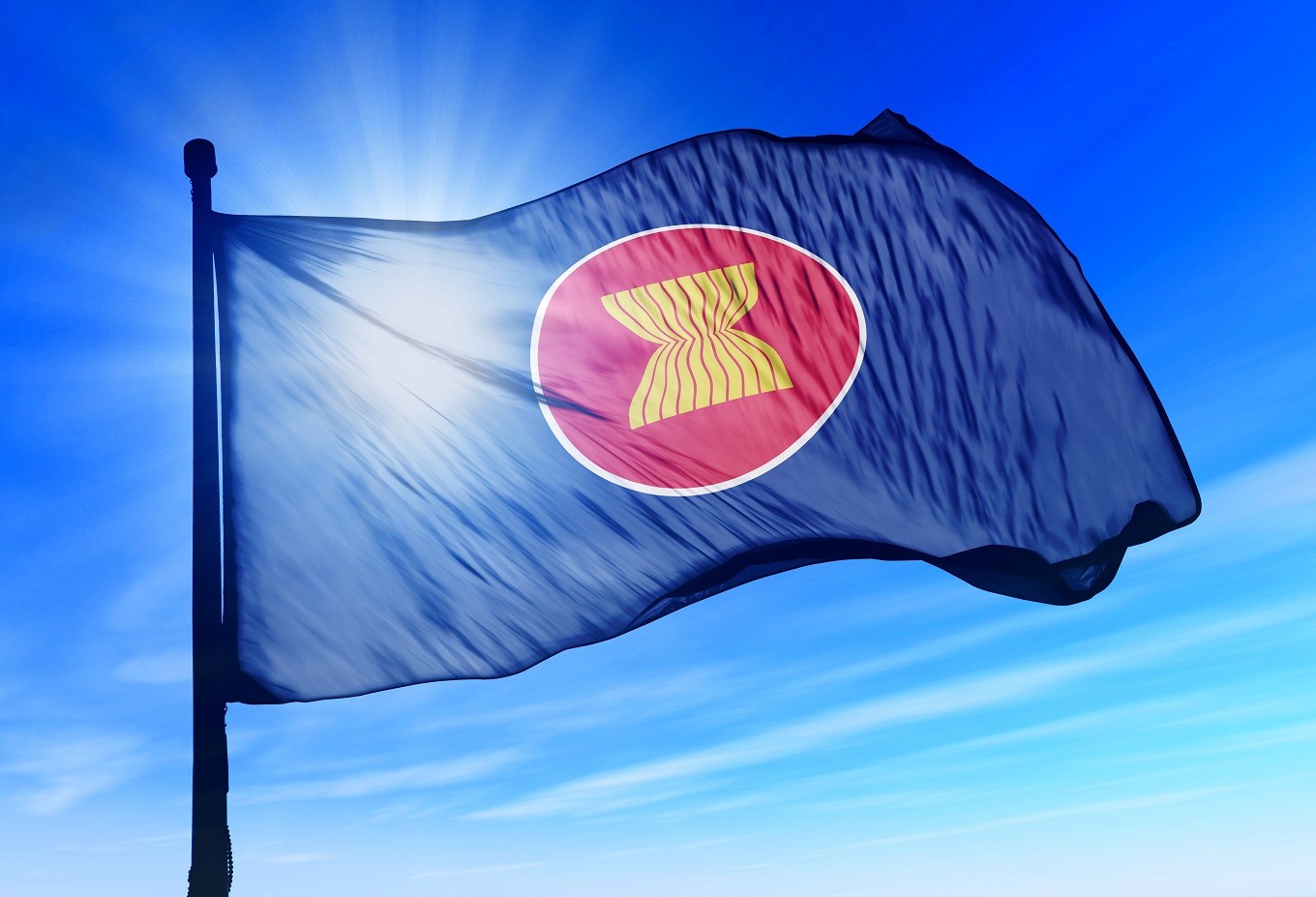Popular Reads
Top Results
Can't find what you're looking for?
View all search resultsPopular Reads
Top Results
Can't find what you're looking for?
View all search resultsTime to think about ASEAN's SME strategy
The AEC has lowered tariffs to almost zero. Although some challenges remain, I believe that ASEAN has pushed forward in opening up the service market and reducing non-tariff barriers.As ASEAN inches closer toward its ultimate goal of a highly integrated market and production base, its production mode and market strategy will also gradually transform. Facing this unavoidable change, the question I ask is how businesses in ASEAN might react to this momentous change.
Change text size
Gift Premium Articles
to Anyone
I
n early August, I took a trip from Khon Kaen in Thailand to the border of Laos. It took four hours to drive across this East-West Economic Corridor.
Driving eastward, I arrived at the Special Economic Zone in Savannakhet, where I saw a Nikon factory.
Thailand used to be the single largest producer for Nikon cameras in ASEAN. Since 2014, however, Nikon has diversified its operations by expanding its manufacturing line to Savannakhet.
I would say seamless logistic movements and lower trade barriers made this possible.
The drive from Thailand to Laos gave me ample opportunity to reflect on the tangible achievements by the ASEAN Economic Community (AEC), which can be seen in daily life.
Despite the criticism by some skeptics on the snail-pace integration of ASEAN and the consensus-based decision-making process, ASEAN has made real and steadfast progress in its own unique way.
The regional organization, founded in 1967, has transformed itself into a deeply integrated region, a “community” per se.
Considering how global economies have underperformed since 2008, most notably China’s slowdown and the Brexit in June, our inclination is to be rather pessimistic when it comes to regional integration or integration in general.
Despite all these gloomy occurrences, I think ASEAN deserves a hearty applause as it has shown some pretty great progress. Savannakhet is indeed a good demonstration of the AEC’s true benefits.
What I see from Savannakhet is how the region strives to achieve robust and innovative integration, moving toward a single-market, single-production base.
The AEC has lowered tariffs to almost zero. Although some challenges remain, I believe that ASEAN has pushed forward in opening up the service market and reducing non-tariff barriers.
As ASEAN inches closer toward its ultimate goal of a highly integrated market and production base, its production mode and market strategy will also gradually transform.
Facing this unavoidable change, the question I ask is how businesses in ASEAN might react to this momentous change.
I strongly believe that it is time for the ASEAN business community to prepare for a regional strategic plan to cover the ASEAN market. The business community needs to bear in mind that a country-specific approach will likely lead to more competition.
This is because multinational companies will target, penetrate and implement their vigorous market strategies in each ASEAN member state, as well as in ASEAN itself. If ASEAN businesses neglect this aspect, they may eventually lose in the market share.
Once borders open up, fierce competition from every direction is simply inescapable.
Nevertheless, the ASEAN business community need not get cold feet before the real market competition. There are lessons from the past that can serve as valuable reference points for ASEAN.
First, Procter and Gamble (P&G) is known for producing and selling a number of consumer goods, from sanitary items to snacks.
In attracting different levels of ASEAN consumers, P&G developed and marketed three kinds of shampoos across ASEAN: a high-quality brand in top cities across the region, a mid-brand and a low-cost version sold in disposable sachets.
What they took note of was the different income levels among various ASEAN cities and villages.
Since ASEAN economies have been more industry-driven, cities in the region are larger in scale and population.
Urbanization and the changing consumption trends are the main denominators for P&G’s ASEAN market strategy.
Second, Lotte Mart launched its business in Indonesia a few years ago. Lotte sells various consumer goods that are affordable, targeting middle-income consumers.
To fill its shelves, Lotte has made contracts with various Indonesian manufacturers. As AEC continues to gain momentum in every region, Lotte may accommodate more suppliers from other countries.
I believe these examples are not only relevant to multinational companies, but also to micro and small-medium enterprises (SMEs).
Since SMEs are the backbone of the ASEAN economy, strategy to bolster SMEs is vital for sustainable and inclusive growth.
At the moment, ASEAN SMEs may feel greater pressure due to limited access to information and resources. This may hold them back from venturing out further.
However, if micro enterprises and SMEs are able to formulate their own ASEAN regional strategy like the examples illustrated earlier, the AEC will prove to be a lucrative market with the opportunities to level up business higher than before.
The AEC can be a double-edged sword for ASEAN micro enterprises and SMEs. Nevertheless, they should not shrink inward, but spread their wings to fly higher as they seek more opportunities embedded within every turn in this aspiring region.
Pushing ahead to 2025, I hope these enterprises will prosper in the people-oriented, people-centered ASEAN. As they strengthen, ASEAN would be poised for growth in both the region and the world.
***
The writer is the South Korean ambassador to ASEAN.
---------------
We are looking for information, opinions, and in-depth analysis from experts or scholars in a variety of fields. We choose articles based on facts or opinions about general news, as well as quality analysis and commentary about Indonesia or international events. Send your piece to community@jakpost.com. For more information click here.










